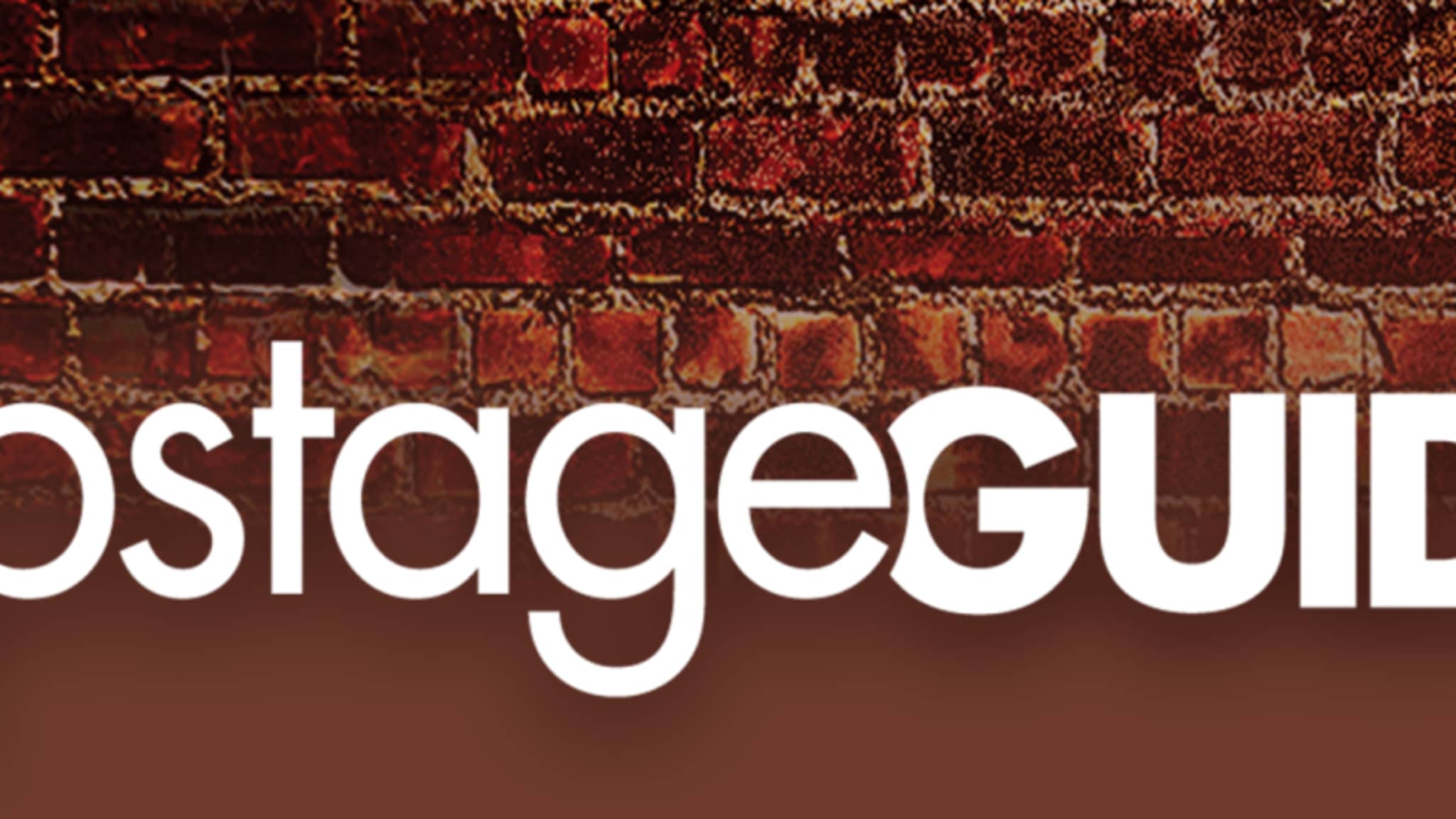Lighting board operators — technicians who maintain lighting equipment and run lighting cues during a performance — are usually hidden from the audience’s view, tucked into a booth at the back of the house. But they are a crucial part of a theatre’s technical staff. “It's not a little part, but it's one that nobody thinks about,” Gia Ramos, a Theatrical Workforce Development Program (TWDP) alumna and a lighting board operator on Roundabout’s recent production of You Will Get Sick, explained. “If the lights don't change then it really wouldn't be the show that it is.”
Lighting Design Roles
In theatre and other live events the lighting design — the color, location, intensity, texture, and flow of the light, as well as the positioning of lighting equipment to achieve the design — is created by the lighting designer. In order to execute their vision, the lighting designer collaborates with the master electrician and lighting technicians to hang and focus lights and program cues into the light board.
Then, during technical rehearsals, the lighting designer collaborates with the lighting board programmer to accurately record all cues. Once performances begin, the lighting board operator, or “board op,” is responsible for making sure lighting equipment is working, and running the cues during the show. Often, the lighting board programmer and lighting board operator are the same person.
Daily Responsibilities of a
Lighting Board Operator
The lighting board operator’s first step is to turn on all the lighting equipment and ensure that it's working. “It varies depending on the theatre, because they have different ways the lights are hooked up to the board,” Ramos explained. “You run through the lights to make sure all the lights are working. You're going on stage for this, to look at the lights come on and off. At the Laura Pels [where You Will Get Sick was produced] we had an iPad that connected to the board that was all the way in the booth, so we could be on stage and continue to do the light check.”
Next, the light board operator cycles through the show’s lighting cues and presets, making sure all lights are ready for their cues. Moving lights, which change position throughout a production, are a particular focus of this check, Ramos notes. “Moving lights often have gobos and different shutters. So, I run through all the parameters that might have to be adjusted before the show starts.” The lighting board op will also check in with the sound board operator, because some shows use MIDI software, which allows light and sound cues to sync or trigger one another.
“Right before the show starts, you do a blackout check with the house manager or the stage manager, which is turning all the lights off and making sure nothing that's not supposed to be on is not on. And then you're in a preset or pre-show until you start the show,” Ramos said. During the show, the lighting board operator listens for cues from the stage manager through a headset and uses the light board to trigger each light cue.
Skills and Career Path
There’s no one pathway into a career as a lighting board operator. They may study design or production in a college or university, participate in a program like TWDP, or apprentice or intern to gain experience. Lighting board operators may be members of International Stage and Theatrical Employees (IATSE) Local 1.
What does it take to be a successful lighting board operator? According to Ramos, “Patience, and caring skills. You have to pay a lot of attention to what's going on, without always being able to see the stage well. You have to listen. And have confidence. Because you are running the show.”


